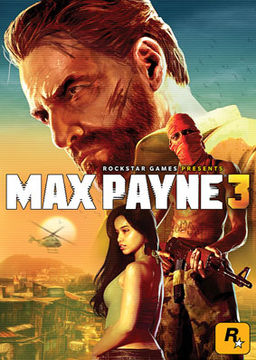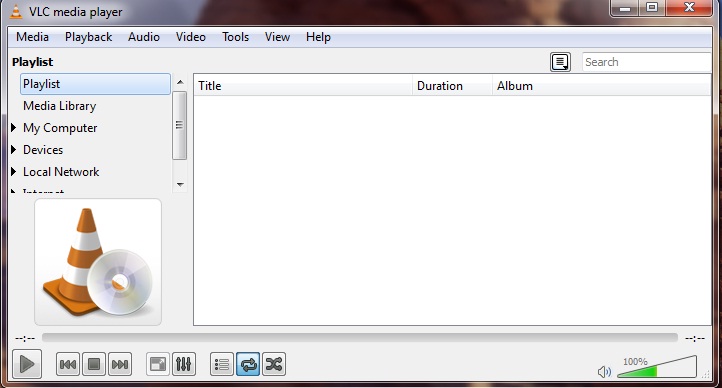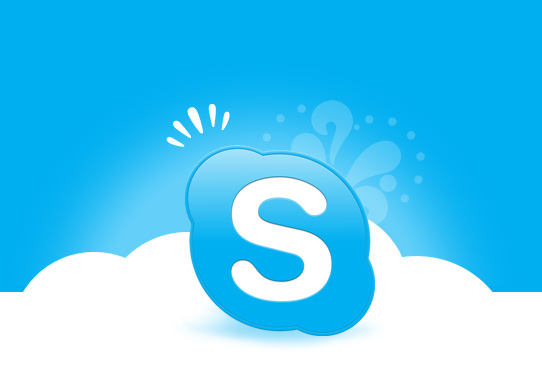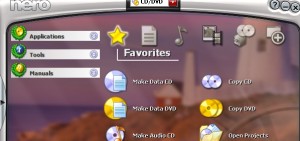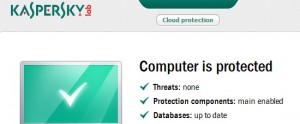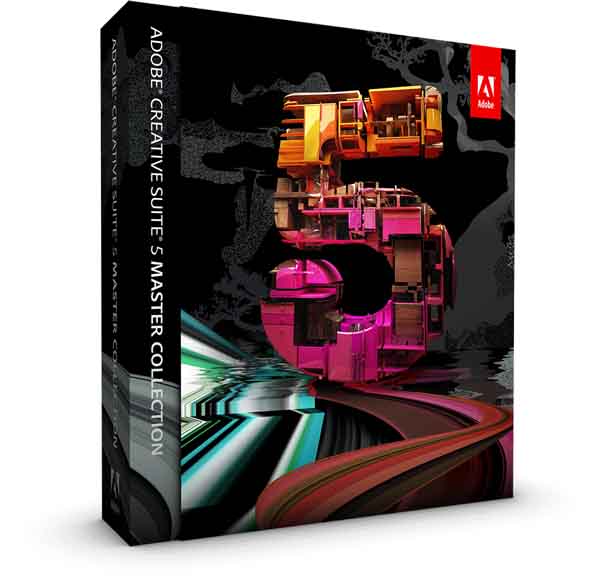Max Payne has suffered beyond reasonable limits. (It’s all in the name.) Nine years have passed since the last game in the series, yet little has changed for its long-suffering protagonist, who remains deeply traumatised by the death of his wife and child. ‘Trauma’ is the key word – in Greek, it means ‘wound’, and Max is someone who has never let his fully heal. To move on would be to forget – a betrayal of those he loved – and so instead he chooses to wallow in the past and the pain, with the help of brown liquor and white pills.
But thankfully, Max Payne 3 isn’t content to simply relive the past, and makes bold stylistic and narrative decisions to avoid stagnation. And though these choices have significant consequences on the game’s pacing that may prove divisive, Max Payne 3 is overall a brilliant, darkly-engrossing third outing for one of video games’ most troubled characters.
Wherever you go, there you are. It’s a truth Max Payne knows better than anyone. Fleeing his New York life to take a job working security for a wealthy family in Sao Paulo, the hard-drinkin’, pill-poppin’ Max finds that his demons come along for the ride. Though the details of the plot add up to your typical story of conspiracy and corruption, of the rich and powerful preying on the poor and helpless to become even more rich and powerful, the writing, acting, and presentation elevate this tale well above a boilerplate video game crime story.
It’s hard to stay ambivalent once you see the horrors being suffered by the innocent here, and you’ll likely want to see Max’s quest for vengeance through to its conclusion just as badly as he does. Max reveals a complexity here not seen in earlier games, as he hits rock bottom and must either stay there or face his demons head-on and make himself anew. Other characters, too, reveal a surprising humanity. You might be tempted to write off Marcelo, the youngest brother in the wealthy Branco dynasty Max is hired to protect, as the shallow playboy he often appears to be. But in moments of disarming honesty, he reveals to Max a depth that lies beneath the facade he presents to the world.
Cutscenes use multiple moving panels to pay homage to the graphic-novel-style storytelling of previous games without feeling beholden to it, and the considered use of blurring and other visual effects echo Max’s state of mind, perhaps making you feel as if you’re the one who has been hitting the bottle a little too hard. James McCaffrey does an excellent job reprising his role as Max, bringing a wider range of emotions to a character who has previously often been one-note. The writing is terrific; Max’s world-weary wit is as bone-dry as ever, and as he ruminates on things like loyalty and loss, much of what he says has the sound of hard-earned wisdom. Subtle touches throughout the game make Max seem convincingly alive, such as the complex look that crosses over his face at the start of one stage when bloodshed seems inevitable; it’s as if he dreads what’s coming, but does his best to mentally prepare himself for it.
Verdict
So, should you play this game? Hell yeah! It does not matter if you haven’t been a follower of the Max Payne franchise, there isn’t much in common except for the one chapter which takes us back to Max’s past in NYC. Gameplay, bullet-time, graphics and sound are brilliant. The story, though not as layered as it was in the first two instalments, still offers the plot twists to keep you engaged. Level design in varied terrains is a definite plus. If you are a third person shooter fanatic, the decision to buy this game is a no-brainer.
Published by: Rockstar Games
